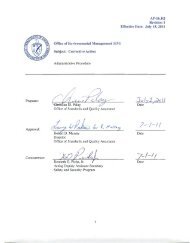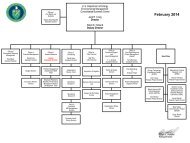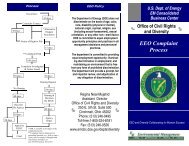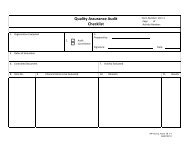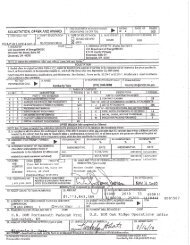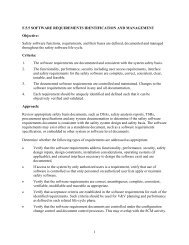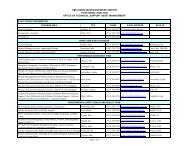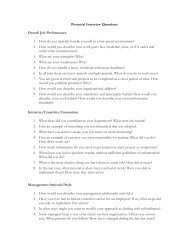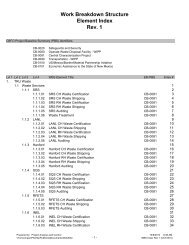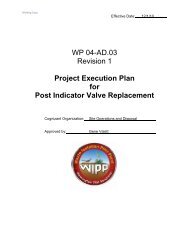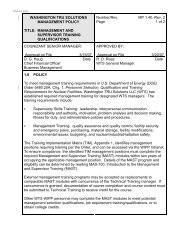Exhibit 300: Capital Asset Plan and Business Case Summary Part I ...
Exhibit 300: Capital Asset Plan and Business Case Summary Part I ...
Exhibit 300: Capital Asset Plan and Business Case Summary Part I ...
Create successful ePaper yourself
Turn your PDF publications into a flip-book with our unique Google optimized e-Paper software.
CAPITAL ASSET PLAN AND BUSINESS CASE - Guidance EXHIBIT <strong>300</strong>AlternativeAnalyzedAlternatives Analysis ResultsDescription of AlternativeRisk AdjustedLifecycle CostsestimateRisk AdjustedLifecycleBenefitsestimateAlternative analysis results should be same as CD-1 documentation, e.g., approved Acquisition Strategy.terminology:Risk adjusted life-cycle costs means the overall estimated cost for a particular investment alternative over the time periodcorresponding to the life of the investment, including direct <strong>and</strong> indirect initial costs plus any periodic or continuing costs ofoperation <strong>and</strong> maintenance that has been adjusted to accommodate any risk identified in the risk management plans. If projectfunding is to be requested for specific phases, segments or modules of the project, each of these parts will be risk adjusted fortheir individual life-cycle.3. Which alternative was selected by the Acquisition Executive <strong>and</strong> why was it chosen?-Consider commenting on viability of noncapital alternatives <strong>and</strong> use of existing assets.4. What specific qualitative benefits will be realized?-State qualitative benefits from the investment.Section B: Risk ManagementRisk management is an essential element of every project. Consistent with DOE O 413.3A, project should have performed arisk assessment during the early planning <strong>and</strong> initial concept phase of this investment’s life-cycle, developed a risk-adjustedlife-cycle cost estimate <strong>and</strong> a plan to eliminate, mitigate or manage risk, <strong>and</strong> be actively managing risk throughout theinvestment’s life-cycle.1. Does the investment have a Risk Management <strong>Plan</strong>?................................................................................Yes Noa. If “yes,” what is the date of the plan?..........................................................................................b. Has the Risk Management <strong>Plan</strong> significantly changed since last submission to OMB? ............. Yes Noc. If “yes,” describe any significant changes:-If project has CD-1 approval, there should be a RMP. State the date of the latest approved plan. It is important to state anysignificant changes to the risk identification, analysis, planning, h<strong>and</strong>ling, or monitoring. It is also important to elaborate onthe higher level risks from current status leading to FY BY.2. If there currently is no plan, will a plan be developed? ............................................................................. Yes Noa. If “yes,” what is the planned completion date? ..........................................................................b. If “no,” what is the strategy for managing the risks?-Leave fields blank if answer to question 1 is “No.” In general, provide answers to question 2 if project does not have CD-1approval, <strong>and</strong> the answer to question 2 should be “Yes.”3. Briefly describe how investment risks are reflected in the life cycle cost estimate <strong>and</strong> investment schedule:OMB Circular No. A-11 (2007) Page 9 of Section <strong>300</strong>FY09OMBexhibit<strong>300</strong>guidance.doc



